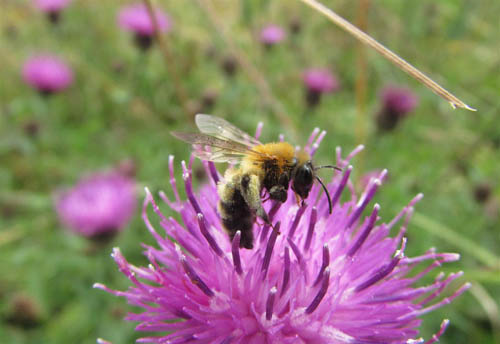 Have you ever wondered what happens to all the insects in wintertime? Some emigrate to warmer countries, some hibernate and some practically die out. You might think that it does not matter, for many are irritant nuisances, but in the world of nature, they inevitably have a purpose, most importantly as pollinators for flowers, plants and crops; and also as food themselves for other species in the natural world.
Have you ever wondered what happens to all the insects in wintertime? Some emigrate to warmer countries, some hibernate and some practically die out. You might think that it does not matter, for many are irritant nuisances, but in the world of nature, they inevitably have a purpose, most importantly as pollinators for flowers, plants and crops; and also as food themselves for other species in the natural world.
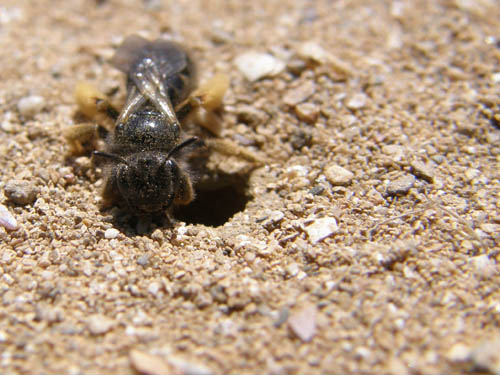
So where are they all? And why on mild days in winter do we suddenly see something we did not expect? Their habits vary, so for example the brimstone butterfly and the small tortoiseshell hibernate, while the orange-tipped butterflies, the speckled woods, comma and the small copper are transformed from caterpillars into pupae, ready to emerge from that metamorphosis in spring as temperatures rise and daylight lengthens.
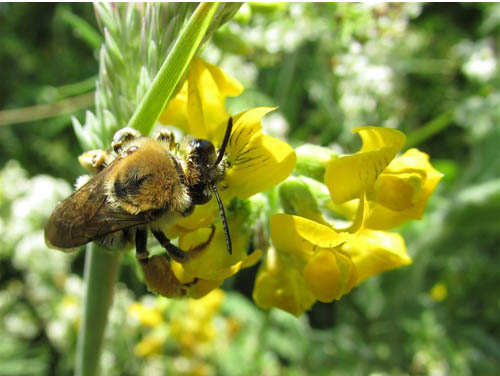
Many insects simply find shelter in crevices, under rotting wood, attics or sheds. Some, such as the 7 spot ladybirds, cluster together in gaps of tree bark, where they lie dormant until Spring. The value of insect hotels or boxes whether bought for the purpose or home-made cannot be emphasised enough to help with their survival.
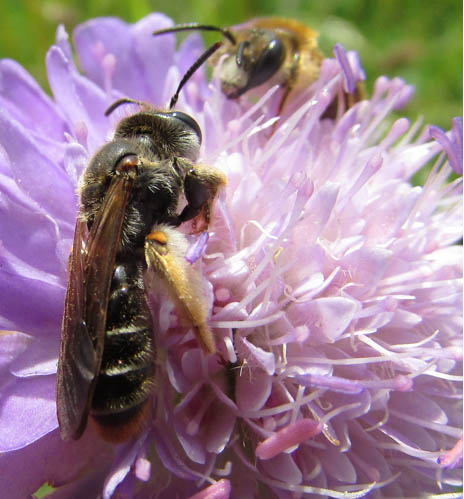 And what about the wasps? Their story is amazing. Simply put, it revolves around the new queens which gorge on nectar and pollen to build up enough fat to hibernate underground. As autumn progresses every single one of the other wasps, male and female, dies! Then in spring the heavily pregnant queens emerge, lay their eggs; the old queen dies, and the cycle starts once again.
And what about the wasps? Their story is amazing. Simply put, it revolves around the new queens which gorge on nectar and pollen to build up enough fat to hibernate underground. As autumn progresses every single one of the other wasps, male and female, dies! Then in spring the heavily pregnant queens emerge, lay their eggs; the old queen dies, and the cycle starts once again.
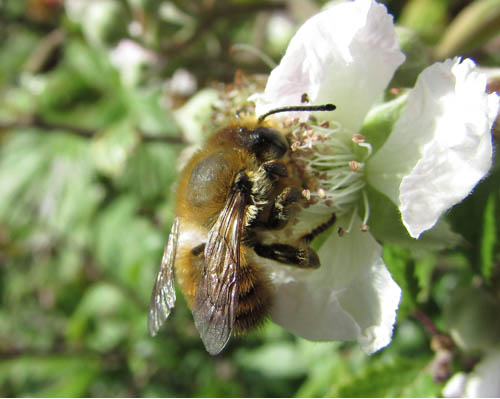 There are around 190 species of bee in Cornwall, including an astounding 120 kinds of solitary bees, the largest in the UK, and over 20 kinds of bumblebee. Some of them also have a similar life cycle to wasps, but not all. Others hibernate or pupate, just like the butterflies I mentioned earlier. They provide a fascinating story.
There are around 190 species of bee in Cornwall, including an astounding 120 kinds of solitary bees, the largest in the UK, and over 20 kinds of bumblebee. Some of them also have a similar life cycle to wasps, but not all. Others hibernate or pupate, just like the butterflies I mentioned earlier. They provide a fascinating story.
To help us understand this, I am delighted that Charlotte Goodship from the Cornwall AONB will be coming to give a talk, In Philleigh Community Centre, open to all, on the subject of wild bees, and in particular on the current project going on through the Cornwall AONB, known as the Wheal Buzzy project.
Upcoming Wild Roseland Walks and Talks – dates for your diary
Note that all events are free but a small donation of £3 would be welcomed.
Tuesday, 18th February – The Wheal Buzzy Project
Charlotte Goodship from Cornwall AONB will present an evening on wild bees and “The Wheal Buzzy Project”. Philleigh Community Centre, Tuesday 18th February at 7.00pm. Admission by donation. All welcome.
Contributors:
Article by David Hall. Edited by Tara Robinson.
Wild Roseland is a group of volunteers who care passionately about looking after the nature and landscape of the Roseland peninsula in south Cornwall. Through a number of initiatives and projects, the aim is to inspire and enhance the conservation of this special place for all.
Image credits:
Paddy Saunders of Kernow Ecology
